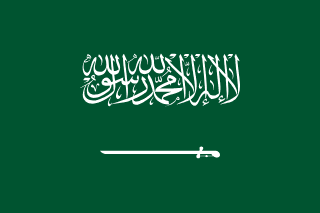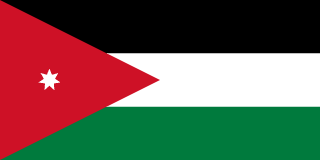Al Madani & Co. Law Firm & Legal Consultants
Recent Amendments to the Implementing Regulations of the Patent Law in the Kingdom of Saudi Arabia
I. Key Amendments to the Implementing Regulations
1. Expansion of Definitions under Article 1
Article 1 has been updated to introduce new definitions, including concepts such as “International Registration of Industrial Designs” and “Protection Document,” reflecting the Kingdom’s commitment to broadening the scope of intellectual property protection to include industrial designs in accordance with international frameworks such as the Hague Agreement. Technical terms have also been clarified to facilitate the handling of protection applications.
2. Article 5: Non-Refund of Fees in Case of Rejection
The amendments clarify that applicants are not entitled to a refund of paid fees in the event of rejection, lapse, or revocation of the protection document, thereby strengthening the transparency of financial procedures.
3. Extended Timeframe for Translations
Article 8 extends the deadline for submitting Arabic translations of international applications from three months to nine months, offering inventors greater flexibility to meet the Authority’s requirements while ensuring the provision of accurate translations.
4. Amendment of Full Description Requirements (Article 11)
The structure of the full description has been reformulated to include the following elements:
• “Abstract”: Intended for technical disclosure only and not to define the scope of protection.
• “Full Description”: A clear explanation enabling the implementation of the invention.
• “Claims”: Precise definition of the scope of protection sought.
• “Drawings”: Mandatory where they facilitate understanding of the invention.
5. New Provisions: Nucleotide Sequences and Microorganisms
Two new articles have been introduced:
• Article 16 (bis 1): Establishes specific requirements for nucleotide and amino acid sequences, mandating the submission of an electronic sequence listing consistent with the Patent Cooperation Treaty standards.
• Article 16 (bis 2): Outlines the requirements for the deposit of microorganisms in accordance with the Budapest Treaty, including the designation of the international depository authority and submission of the required documents.
6. Article 19: Clarification of Requirements for the Certificate of Layout Designs of Integrated Circuits
This article has been revised to include:
• Submission of a concise and accurate description of the layout design.
• Attachment of clear drawings or photographs.
• A requirement to submit a sample of the design in cases of commercial use.
7. International Registration of Industrial Designs
Chapter XII has been introduced to govern provisions related to international applications for the registration of industrial designs in accordance with the Hague Agreement.
Article 75 establishes a dedicated register for international registrations of industrial designs to ensure comprehensive and clear documentation of all international registration applications, thereby facilitating search and review processes.
II. Purpose of the New Amendments to the Implementing Regulations
1. Fostering Innovation and Technological Advancement
The amendments seek to enable inventors and innovators to access a modernized system that keeps pace with rapid technological developments, reinforcing the Kingdom’s role as a regional hub for innovation.
2. Enhancing Transparency and Fair Procedures
By clarifying technical terms and precisely defining procedures, the amendments aim to strengthen trust between the Saudi Authority for Intellectual Property and its stakeholders.
3. Alignment with International Standards
The amendments demonstrate the Kingdom’s commitment to implementing international best practices in the field of intellectual property protection, in line with treaties such as the Hague and Budapest Treaties.
4. Providing Flexibility to Inventors
By extending deadlines for certain procedures, such as the submission of Arabic translations, the amendments offer inventors additional flexibility to ensure compliance without compromising submission quality.
5. Strengthening Legal Protection
The amendments enhance protection mechanisms by including detailed provisions on matters such as nucleotide sequences and microorganism deposits, reinforcing the system’s capacity to comprehensively safeguard intellectual property rights.

 Saudi Arabia
Saudi Arabia Jordan
Jordan